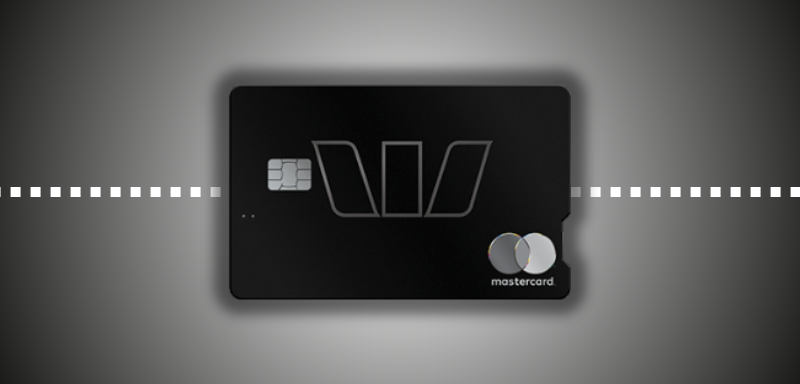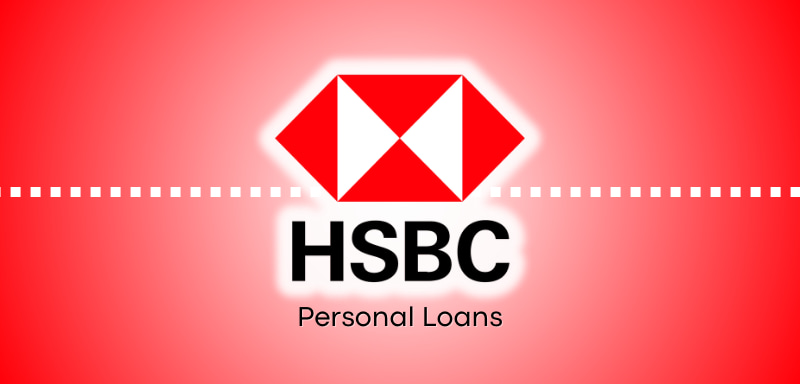Debt Management
Practical Methods to Avoid Debt: Mastering the 50/30/20 Rule and Beyond
Tired of living paycheck to paycheck? Find out how simple budgeting frameworks and mindful spending can keep your lifestyle fun while avoiding the trap of debt.
Advertisement
Simple strategies to budget smarter, spend wisely, and keep debt away

Picture this: payday arrives, and before you know it, bills, groceries, and little splurges have eaten up your entire paycheck.
The next thing you know, you’re reaching for your credit card to cover the gaps. Sound familiar? The good news is that simple, practical methods can help you avoid falling into debt traps.
From budget rules like 50/30/20 to everyday habits, let’s explore how to keep your money in check without giving up your favourite comforts.
Why Debt Happens in the First Place
Debt isn’t just about overspending—it’s often about not having a clear system to manage money. Without a plan, it’s easy to rely on credit for everyday costs.
By understanding common triggers like unexpected expenses, lifestyle inflation, and lack of savings, you can build defenses that stop debt before it starts.
Another hidden factor is social pressure. We often spend to keep up with friends, colleagues, or social media standards.
Recognizing these influences helps you make mindful decisions instead of reacting emotionally to spending urges.
The 50/30/20 Rule Explained
One of the simplest and most popular budgeting strategies is the 50/30/20 rule. It breaks down your income into three easy categories, making it less overwhelming to manage your cash flow and stay on track with your financial goals.
The appeal of this method is that it doesn’t demand perfection—it gives you broad boundaries so you can adapt to your lifestyle without feeling punished.
| Category | Percentage of Income | What It Covers |
|---|---|---|
| Needs | 50% | Housing, bills, groceries, transportation |
| Wants | 30% | Dining out, shopping, entertainment |
| Savings & Debt Repayment | 20% | Emergency fund, investments, paying down loans |
This method works because it balances reality (we all need fun money) with discipline (savings and debt repayment come first).
It’s flexible, too—you can tweak percentages as your life changes. For instance, if you move to a city with higher rent, you might temporarily push “needs” to 55% and reduce “wants.”
The important part is keeping the framework intact.
Practical Ways to Apply the 50/30/20 Rule
Learning the rule is one thing, applying it is another. Here’s how to make it work in real life.
Many people fail not because the rule is complicated, but because they don’t track consistently or allow small leaks in their budget to pile up over time.
- Track your income and expenses for at least a month to see where your money really goes. Even a quick phone note or spreadsheet is enough to reveal hidden patterns.
- Automate savings and debt payments so you’re not tempted to spend them. This habit turns good intentions into results without extra effort.
- Use separate accounts or budgeting apps to divide money into the three categories. Visual separation reduces the temptation to borrow from savings when wants feel urgent.
- Review and adjust every few months—life changes, and so should your budget. A raise, a move, or a new expense like childcare can shift your categories significantly.
Other Budgeting Methods Worth Trying
While the 50/30/20 rule is popular, it’s not the only strategy. Some people prefer more detailed systems.
Exploring other approaches can help you find one that matches your personality and spending habits. The goal isn’t to follow rules blindly but to find a rhythm that feels natural and sustainable.
Zero-Based Budgeting
This method gives every dollar a job. At the end of the month, your income minus expenses equals zero. It’s great for people who want control down to the cent. It requires discipline, but it ensures that money never drifts away unnoticed.
Envelope System
A classic approach where you put cash into envelopes labeled by category (like food, gas, or fun). Once an envelope is empty, no more spending in that category until the next month. Digital versions of this system exist in apps, making it easier for those who rarely use physical cash.
Pay Yourself First
Instead of saving what’s left at the end of the month, you prioritize savings and debt payments immediately when you get paid, then live on the remainder. This approach shifts your mindset, treating savings as non-negotiable rather than optional.
Everyday Habits That Prevent Debt
Budgeting rules help, but daily habits are just as powerful. These practices can keep you financially balanced without feeling restrictive.
Think of them as micro-choices that compound into major results over time.
- Plan before you spend: Make a list before shopping and stick to it. This keeps impulse purchases from sneaking into your cart.
- Limit lifestyle inflation: Just because you earn more doesn’t mean you should automatically spend more. Channel raises and bonuses into savings or debt repayment instead.
- Build an emergency fund: Even a small cushion prevents reliance on credit during surprises. Aim for at least one month of expenses to start, then grow it gradually.
- Delay big purchases: Wait 24 hours before buying something expensive to avoid impulse decisions. Often, the desire fades once you’ve had time to reflect.
Common Mistakes to Avoid
Even with a budget, it’s easy to slip. Recognizing the most common mistakes helps you steer clear of trouble before it snowballs into bigger debt.
Awareness makes it easier to catch yourself early and course-correct without major consequences.
- Ignoring irregular expenses like annual insurance or holiday shopping. Planning ahead for these ensures they don’t hit like a financial surprise.
- Depending on credit cards for wants instead of needs. Rewards points aren’t worth it if you’re carrying a balance with high interest.
- Forgetting to adjust the budget when income or expenses change. Life is dynamic—budgets should evolve with it.
- Believing small purchases don’t matter—they add up fast. A daily coffee habit can equal hundreds over a year.
Creating Your Personalized Plan
The truth is, no single method works for everyone. Mixing strategies often brings the best results. Start with 50/30/20 as a foundation, then add details like zero-based tracking or the envelope system to suit your lifestyle.
The key is consistency—pick an approach you can stick with long-term. Don’t be afraid to experiment for a few months until you find what fits.
The best budget is the one you’ll actually use, not the one that looks perfect on paper.
Final Thoughts on Staying Debt-Free
Avoiding debt isn’t about cutting out all the fun. It’s about creating balance, having a plan, and sticking to habits that keep your spending in check.
Whether you’re using the 50/30/20 rule, envelopes full of cash, or your favorite budgeting app, the goal is the same: freedom from financial stress and confidence in your money choices.
When you manage credit and expenses intentionally, you protect your future self and open the door to opportunities like travel, investments, or even early retirement.
Staying debt-free is less about restrictions and more about building a lifestyle where money supports your goals instead of controlling them.
Trending Topics

Australia’s Life Insurance Guide: Policies, Providers, and Tips
Find out how life insurance policies work in Australia. Compare benefits, drawbacks, and providers to make smarter choices.
Keep ReadingYou may also like

Westpac Altitude Rewards Black Credit Card review: Premier Travel Perks!
Travel smarter with the Westpac Altitude Rewards Black Card. Earn points, enjoy lounge access, and benefit from extensive insurance coverage.
Keep Reading
HSBC Personal Loan review: Affordable Rates, Maximum Benefits!
Discover how the HSBC Personal Loan can help you achieve your financial goals with fixed rates, quick approval, and no hidden surprises.
Keep Reading
